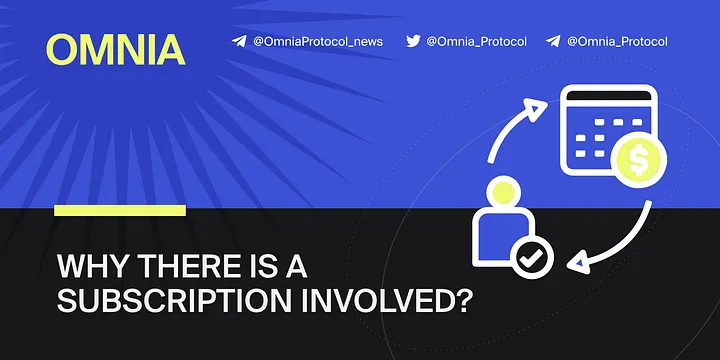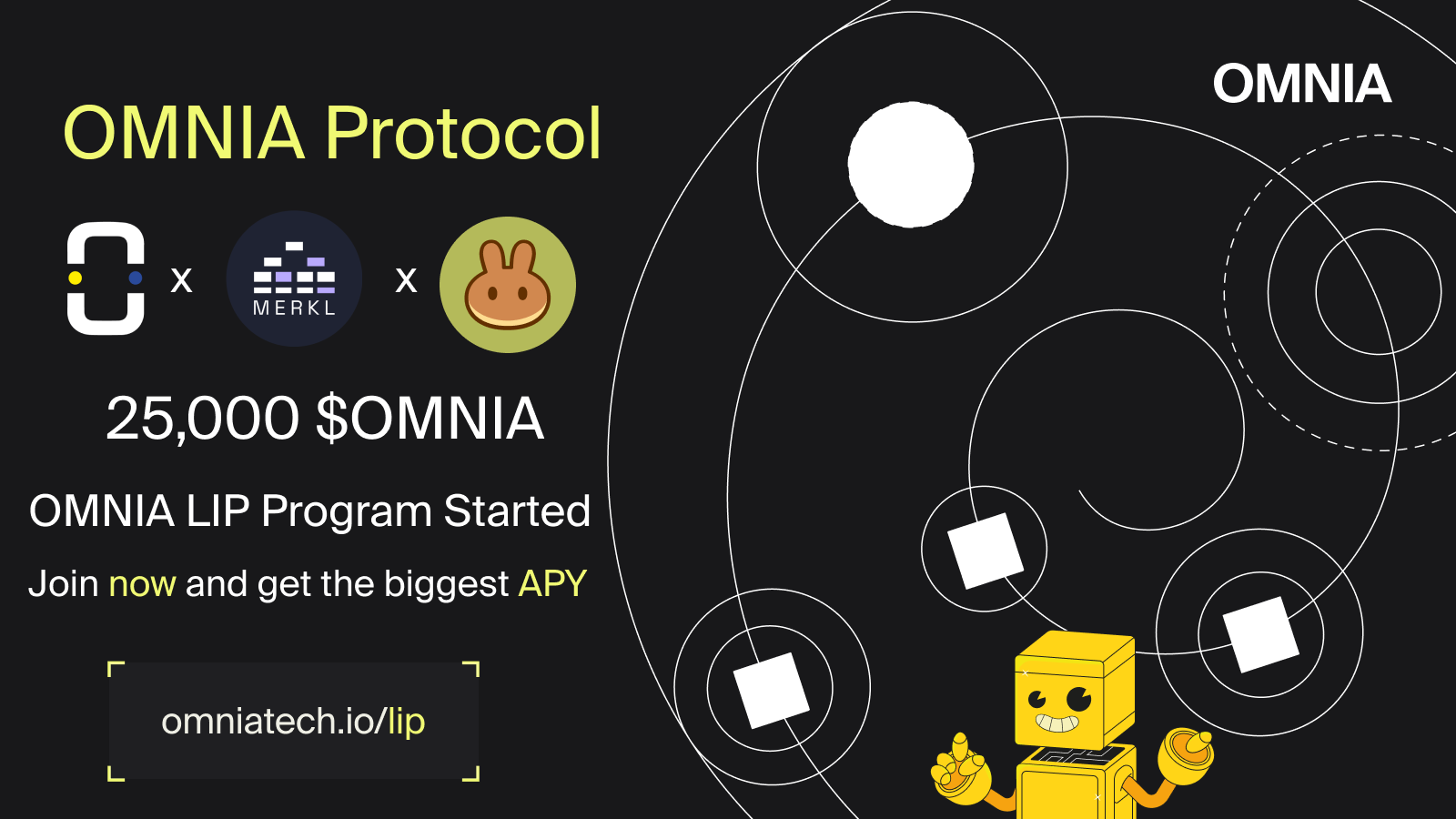
Why Is There a Subscription Involved?
The OMNIA Protocol’s infrastructure, consisting of blockchain nodes and privacy relayers which act as decentralized API gateways for accessing blockchains, involves a subscription plan for users. This article will dig into why there’s a subscription involved.
First, let’s define the type of service OMNIA Protocol offers. OMNIA offers increased privacy and security on the blockchain while rewarding node operators through a software-as-a-service (SaaS) package.
SaaS, it’s worth noting, describes a service being offered over the internet via software. SaaS applications let users pay as they go and free them from having to install and deal with software and hardware complexities. Common examples of SaaS include email applications and office tools.
SaaS allows users not to deal with installing, maintaining, or updating software or specific hardware on their own. Instead, they pay to access the software over the internet. Plenty is going on under the hood, and users don’t need to worry about these services.
OMNIA Protocol is one such service that offers users several protections against attacks they may even be unaware existed, such as frontrunning.
Subscription Model’s Advantages
OMNIA Protocol’s subscription model is meant to further aid users’ privacy, as the alternative would be a pay-per-request system. Such a system would force the protocol to monitor each request and ultimately create payment data tracking users.
Instead of such a system, one user can create a subscription that ranges anywhere from a one-day period to over a year and enjoy security and privacy provided by the OMNIA Protocol based on the agreed parameters of the subscription.
Using a subscription will also lead to improved performance. Monitoring each request as it’s being billed would create a significant load of requests, whereas a subscription model only needs deadlines to be taken into account.
Gaining untraceable access to the blockchain of your choice, with the use of the subscription model, becomes easier and cheaper.
Moreover, using a subscription model makes more sense from a financial point of view on some specific blockchains. A per-request system would see users pay transaction fees every time they make a request, which means on Ethereum (ETH), they could pay upwards of $20 gas fees per request for a less than $0.1 payment. This does not make sense, thus a subscription is a better approach.
The service would, as such, be much cheaper than the cost of moving funds on the blockchain. On top of that, because OMNIA uses a subscription model, users who choose longer subscription periods can enjoy high discounts on the service.


